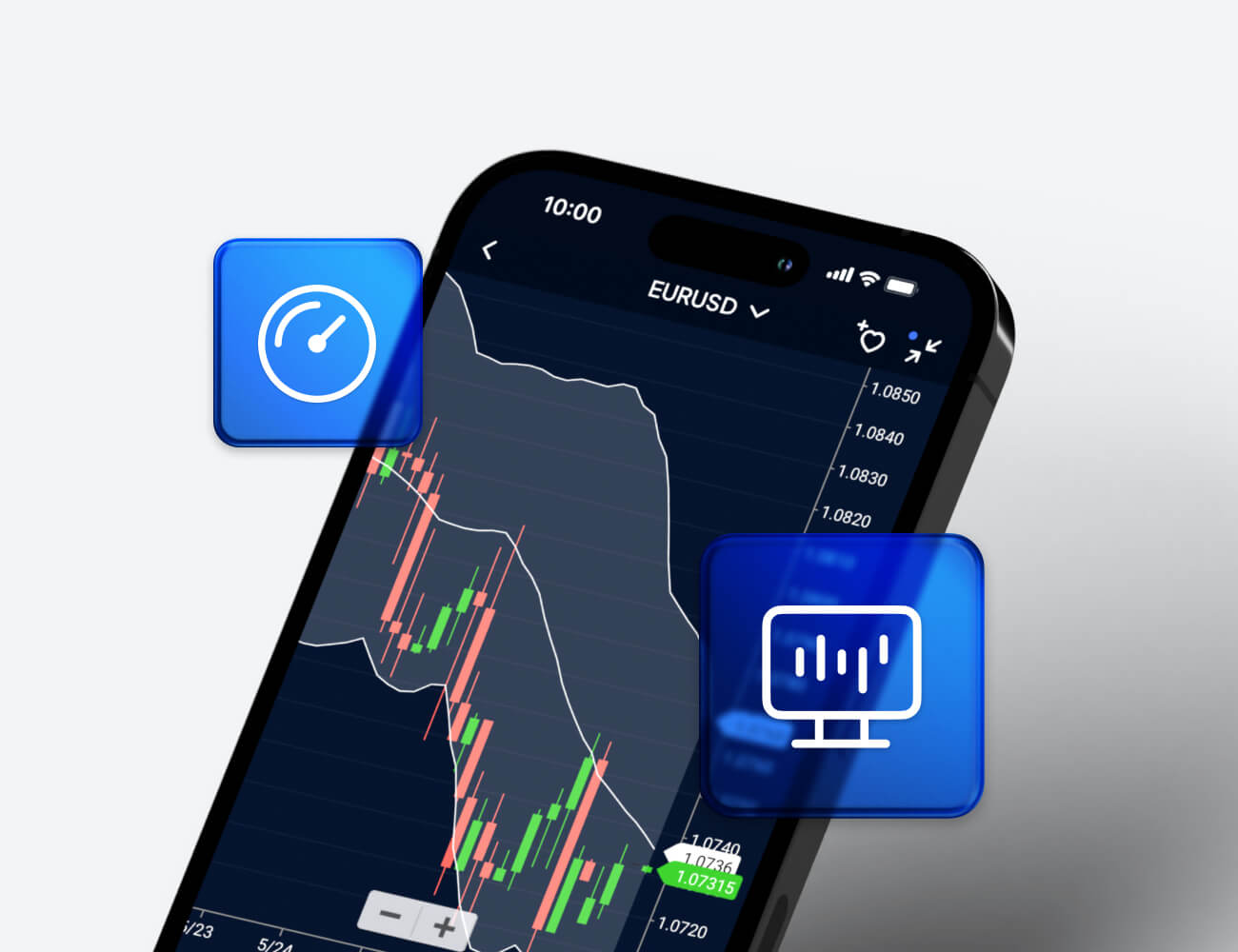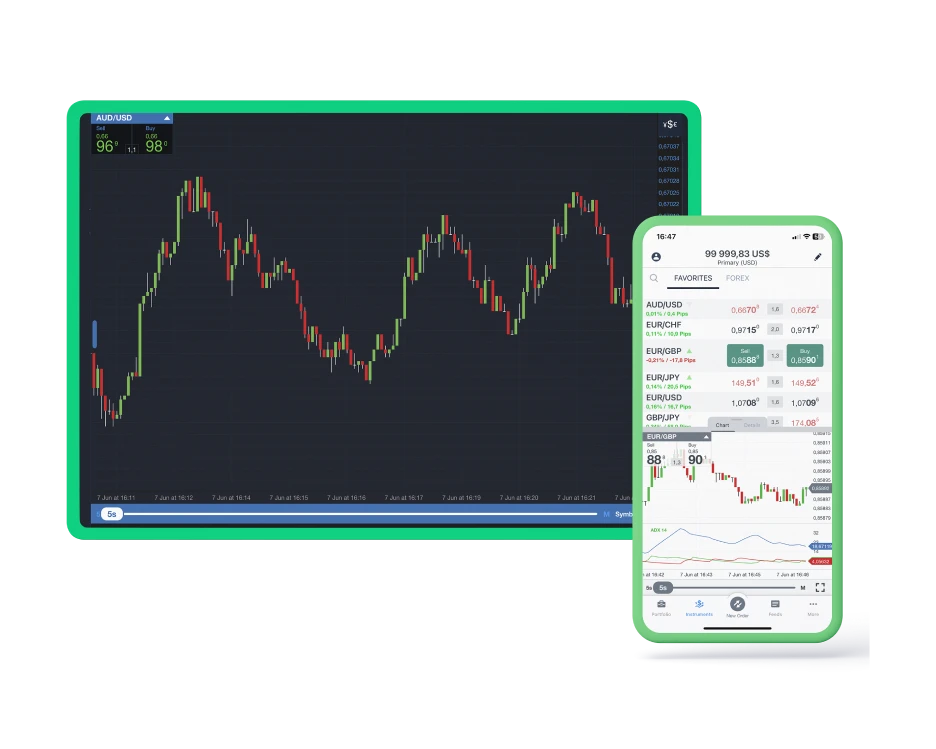How Trading APIs Work
A trading API acts as a digital bridge between a trader’s software and a broker’s trading infrastructure. Through this connection, algorithms can send and receive data directly, without human intervention. This is achieved via secure communication protocols such as REST, WebSocket, or FIX, depending on the broker’s system.
The core components of a trading API typically include:
| Component | Function |
| Authentication | Ensures secure access through tokens or keys linked to a trading account. |
| Market Data Feed | Provides live updates on prices, volumes, and order book depth. |
| Order Management | Allows traders to place, modify, and cancel buy/sell orders. |
| Account Data | Displays balances, open positions, and transaction history. |
Most brokers offer APIs compatible with Python, Java, or C++, which lets traders integrate them into existing software environments. Developers can create scripts that automatically adjust positions based on price triggers, volatility thresholds, or economic news events.
For example, an algorithm can be programmed to buy EUR/USD when volatility drops below a defined level and close the trade once profit targets are met. This logic executes instantly—often faster than any human could react.
Trading APIs also help with data collection for backtesting. Historical price data can be imported into analytical tools to test how a strategy would have performed in the past. This allows traders to fine-tune their approach before risking real capital.
What To Consider When Choosing a Broker With API Access
Selecting the right broker with API access requires careful evaluation of both technical and financial aspects. The following criteria are the most important to analyze:
- API Type and Language Compatibility – Ensure the broker’s API supports common programming languages and frameworks used in algorithmic trading.
- Latency and Execution Speed – For high-frequency traders, low-latency infrastructure is critical. Brokers with servers close to liquidity providers usually deliver faster execution.
- Market Coverage – Some APIs offer access only to Forex, while others include stocks, CFDs, and cryptocurrencies.
- Security Protocols – SSL encryption and token-based authentication prevent unauthorized access.
- Costs and Commission Structure – Pay attention to spreads, fees for API connections, and minimum deposit requirements.
- Reliability and Uptime – Consistent API performance is key for automation. Frequent downtime or data errors can disrupt strategies.

Here’s a simple comparison table to visualize key broker features that typically matter most when evaluating an API trading option:
| Feature | Important for Traders |
| Supported Instruments | Determines access to Forex, stocks, or crypto markets |
| API Type | REST, FIX, WebSocket |
| Average Latency | Affects order speed and slippage |
| Historical Data Access | Enables backtesting and research |
| Security Level | Protects account and data integrity |
Top Brokers With Trading APIs in 2025
The following brokers have proven to be among the most reliable and advanced in offering API trading access for both retail and institutional traders.
| Commision | Instruments | Min Dep | Leverage | Platforms | ||
|---|---|---|---|---|---|---|
| From $2 / lot | Indices Forex Commodities | $0 | 1:100 | TWS | ||
| No commission, tight spreads | Forex Commodities Indices | $0 | Up to 1:50 | OANDA App Web | ||
| No commission, spreads from 0.0 pips | Forex Commodities Indices Crypto | $200 | Up to 1:500 | MT4 MT5 cTrader | ||
| Variable, low spreads | Forex Indices Commodities | $50 | 1:400 | MT4 NinjaTrader Trading Station | ||
| Spread-only, from 0.6 pips | Indices Forex Commodities | $250 | 1:200 | MT4 proprietary |
Interactive Brokers
Interactive Brokers
Interactive Brokers remains one of the most established brokers offering API access. Its Trader Workstation API supports Python, Java, and C++, with comprehensive documentation for automated systems. The platform allows users to connect directly to global stock exchanges and provides institutional-grade data accuracy. Its FIX and REST interfaces are suited for both low-latency strategies and large-volume order routing.
OANDA
OANDA
OANDA’s API is well-known for stability and developer-friendly features. It provides access to REST and streaming APIs for real-time quotes, account information, and historical data. Traders appreciate the ability to backtest Forex and CFD strategies using Python integration. OANDA’s transparent pricing and reliable execution make it a strong choice for professional coders and analysts.
Pepperstone
Pepperstone
Pepperstone focuses on low-latency infrastructure and provides access through cTrader and MetaTrader 4/5 APIs. The broker is popular among algorithmic traders who rely on high-speed execution and institutional liquidity. It also offers deep historical data and VPS hosting for continuous trading operations.
FXCM
FXCM
FXCM has built an excellent reputation for providing stable API connectivity through REST and FIX protocols. The API supports multiple assets including Forex, indices, and commodities. Its Python library simplifies the development process for traders who automate complex systems.
IG
IG
IG Markets provides one of the most comprehensive trading APIs available to retail users. The REST API offers live market data, account management, and historical data download functions. Its web-based developer portal includes interactive testing tools, making it convenient for both new and experienced coders.
Advantages of Using API Brokers
Using brokers that offer API access provides significant operational and strategic advantages. These benefits are particularly visible to traders focused on automation, high-frequency execution, or data-driven decision-making.
Key advantages include:
- Automation of Strategies – Once an algorithm is programmed, it can execute trades 24/7 without supervision. This helps remove emotional influence and human delays.
- Speed and Precision – APIs allow direct access to a broker’s trading engine, cutting execution time to milliseconds. This is crucial for scalping or arbitrage systems.
- Custom Data Handling – APIs let traders filter, process, and analyze data in real time, supporting unique setups such as volatility tracking or sentiment models.
- Integration Flexibility – Traders can connect APIs to dashboards, statistical tools, or even custom trading bots to centralize all activities.
- Access to Multiple Markets – With one integration, users can trade Forex, CFDs, or equities simultaneously across different platforms.
- Advanced Risk Control – Stop-losses, take-profits, and trailing orders can be triggered instantly according to algorithmic rules.
Here’s an example of how these benefits translate into measurable results for algorithmic traders:
| Aspect | Manual Trading | API Trading |
| Order Execution Time | 1–3 seconds | Less than 100 ms |
| Emotional Influence | High | None |
| Market Coverage | Limited | Multi-market |
| Historical Data Analysis | Manual | Automated |
| Continuous Operation | No | Yes |
These improvements explain why APIs have become central to modern trading infrastructure. The ability to structure data feeds, control order logic, and automate reactions gives traders a strong edge in volatile markets.
Common Challenges and Risks
Although trading APIs open powerful possibilities, they also require technical accuracy and careful planning. Even small mistakes in logic or coding can lead to serious financial consequences.

Typical risks include:
- Connectivity Errors – If internet connection or API access is lost, trades may not execute or cancel as expected.
- Latency and Slippage – High server delays can cause unexpected price fills, especially in fast markets.
- Coding Bugs – Incorrect algorithm parameters can trigger unwanted trades or repetitive loops.
- Security Threats – Without proper encryption, API keys and credentials can be compromised.
- Over-Optimization – Excessive backtesting on historical data may make a strategy too specific to past conditions and fail in live markets.
- Limited Broker Support – Some brokers restrict API usage for certain account types or markets.
To mitigate these problems, traders should regularly test systems in demo environments, monitor execution reports, and apply strict risk management.
A practical way to reduce risk is to implement a three-step validation process:
- Backtest the Strategy – Use at least two years of historical data to evaluate logic accuracy.
- Run in Demo Mode – Observe how the algorithm reacts to live conditions.
- Deploy with Minimal Capital – Start with small lot sizes to validate performance under real conditions.
This staged approach ensures that errors are detected before larger sums are involved.
Useful Tips for Algorithmic Traders
API-based trading requires both financial knowledge and technical precision. To maintain stability and consistency, traders can apply several proven techniques.
- Monitor Execution in Real Time: Always log transactions, order IDs, and timestamps. This helps identify latency issues and unexpected order rejections.
- Use VPS or Dedicated Servers: Running a trading algorithm on a local machine increases risk of downtime. Hosting it on a virtual private server located near the broker’s servers minimizes delay.
- Implement Risk Parameters: Define strict limits on position size, drawdown, and open trades. Automated stop-loss and capital allocation controls should be part of every script.
- Separate Development and Live Accounts: Test new features in a sandbox before deploying them in live conditions. Even small code changes can alter trading behavior.
- Keep Historical Logs: Store execution and market data. Analyzing patterns can reveal weaknesses or opportunities for optimization.
- Maintain API Security: Never store keys in plain text. Use encryption libraries and restrict access to authorized IP addresses only.
- Update Regularly: Markets evolve, and so do API frameworks. Keeping systems up to date prevents compatibility issues and ensures stable connectivity.
Frequently Asked Questions
What is a trading API?
A trading API allows users to interact with a broker’s trading system using code. It sends commands such as placing or canceling orders and retrieves market data automatically.




